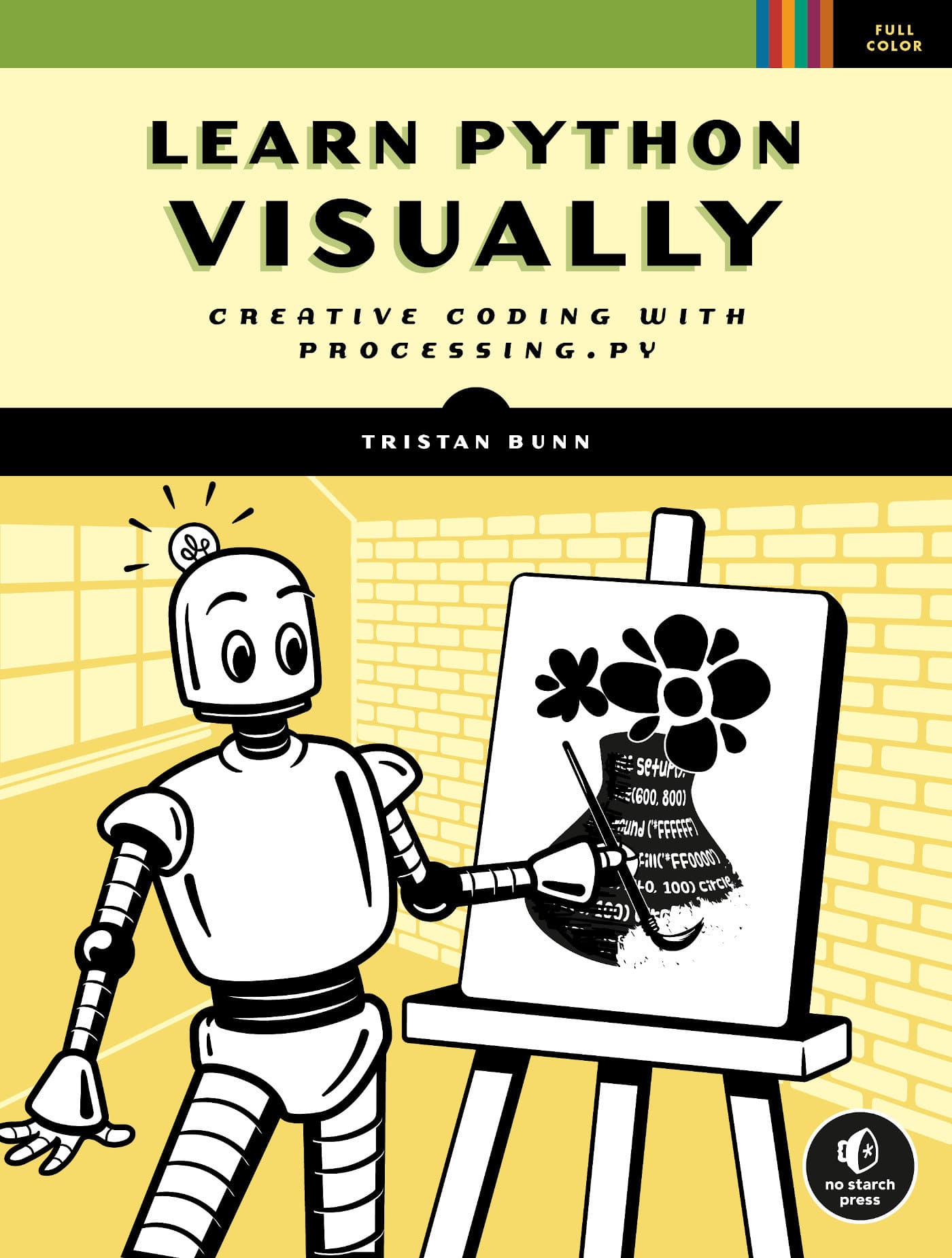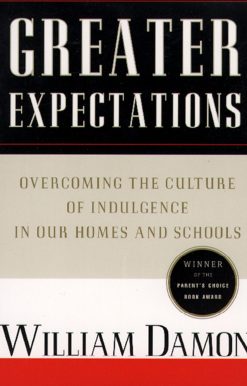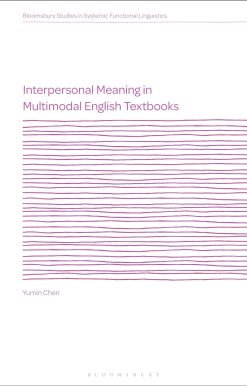Learn Python Visually: Creative Coding with Processing.py
37.00 JOD
Please allow 2 – 5 weeks for delivery of this item
Add to Gift RegistryDescription
An accessible, visual, and creative approach to teaching core coding concepts using Python’s Processing.py, an open-source graphical development environment.This beginners book introduces non-programmers to the fundamentals of computer coding within a visual, arts-focused context. Tristan Bunn’s remarkably effective teaching approach is designed to help you visualize core programming concepts while you make cool pictures, animations, and simulations using Python Mode for the open-source Processing development environment. Right from the first chapter, you’ll produce and manipulate colorful drawings, shapes and patterns as Bunn walks you through a series of easy-to-follow graphical coding projects that grow increasingly complex. You’ll go from drawing with code to animating a bouncing DVD screensaver and practicing data-visualization techniques. Along the way, you’ll encounter creative-yet-practical skill-building challenges that relate to everything from video games, cars, and coffee, to fine art, amoebas, and Pink Floyd. As you grow more fluent in both Python and programming in general, topics shift toward the mastery of algorithmic thinking, as you explore periodic motion, Lissajous curves, and using classes to create objects. You’ll learn about:Basic coding theories and concepts, like variables, data types, pixel coordinates, control flow and algorithmsWriting code that produces drawings, patterns, animations, data visualizations, user interfaces, and simulationsUsing conditional statements, iteration, randomness, lists and dictionariesDefining functions, reducing repetition, and making your code more modularHow to write classes, and create objects to structure code more efficiently In addition to giving you a good grounding in general programming, the skills and knowledge you’ll gain in this book are your entry point to coding for an ever-expanding horizon of creative technologies.
Additional information
| Weight | 0.6 kg |
|---|---|
| Dimensions | 1.9 × 17.8 × 23.7 cm |
| PubliCanadation City/Country | USA |
| book-author1 | |
| Format | Paperback |
| Language | |
| Pages | 296 |
| Publisher | |
| Year Published | 2021-4-26 |
| Imprint | |
| ISBN 10 | 1718500963 |
| About The Author | Tristan Bunn kicked off his web design career back in the days of PlayStation 1, grunge music, and dial-up modems. Since then, he’s worked on a diverse range of digital projects for varied clients. He’s currently involved in lecturing, research, and work that blends code, interaction, interface design, and creativity. Bunn has years of experience teaching coding for art, games, web, and other creative technologies. |
"Learn Python Visually brings two very exciting threads together – using Python to code projects, and using Processing for making art. The book welcomes beginners by covering how to get started with the basics like shapes and color but extends the learning far by covering complex topics like object-orientation in an accessible fashion. I am excited to see what students, teachers, artists, anyone can make using this book."—Saber Khan, Education Community Director, Processing Foundation"Learn Python Visually might be one of the most creatively-minded, practical introductions to basic programming, presented in a rewarding environment, using a highly relevant language. . . . Its modern design is easy to follow and it finds a nice balance between being educational, and inspirational." —Dr. Rer. Nat. Ralf Biedert, Principal Engineer, Tobii AB"The sample programs are nicely selected and each deal with a different topic . . . [provides] the necessary detail, but still compact. I believe Learn Python Visually will be a rich source of inspiration."—Alfred Abusomwan, Techs Blog |
|
| Table Of Content | AcknowledgmentsIntroductionChapter 1: Hello, World!Chapter 2: Drawing More Complicated ShapesChapter 3: Introduction to Strings and Working with TextChapter 4: Conditional StatementsChapter 5: Iteration and RandomnessChapter 6: Motion and TransformationChapter 7: Working with Lists and Reading DataChapter 8: Dictionaries and JSONChapter 9: Functions and Periodic MotionChapter 10: Object-Oriented Programming and PVectorChapter 11: Mouse and Keyboard InteractionAfterword |
Only logged in customers who have purchased this product may leave a review.






Reviews
There are no reviews yet.